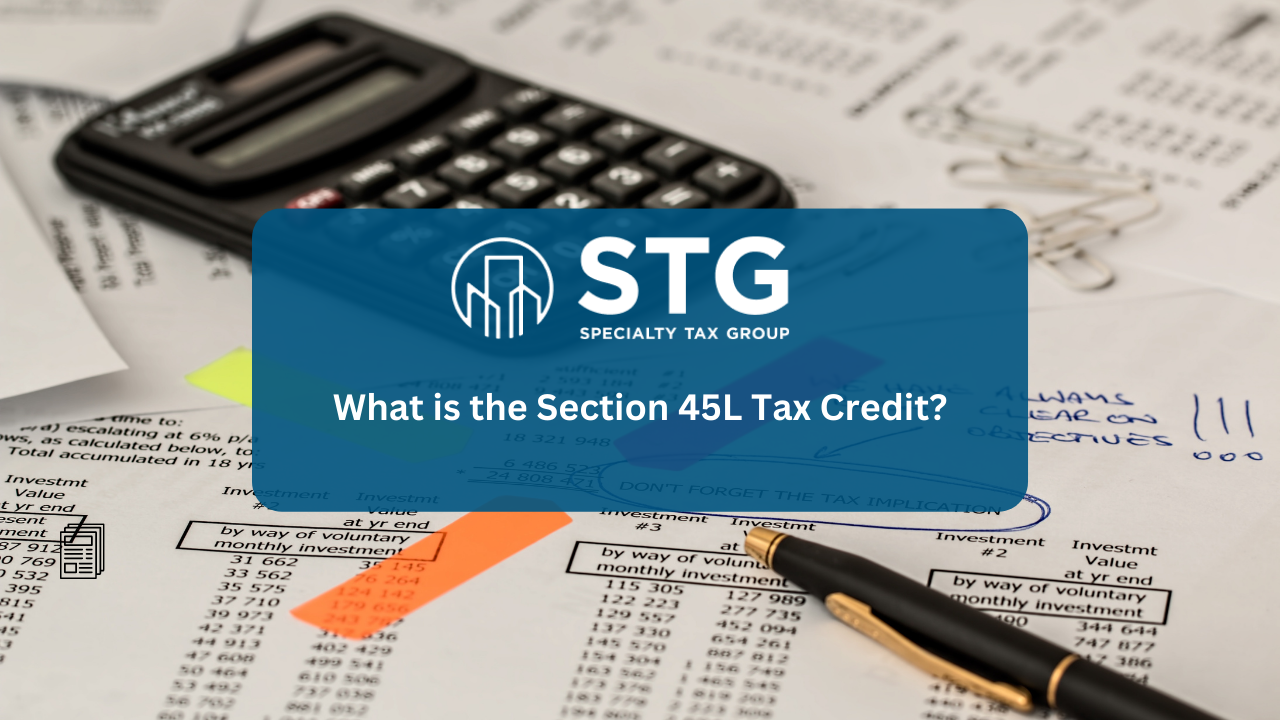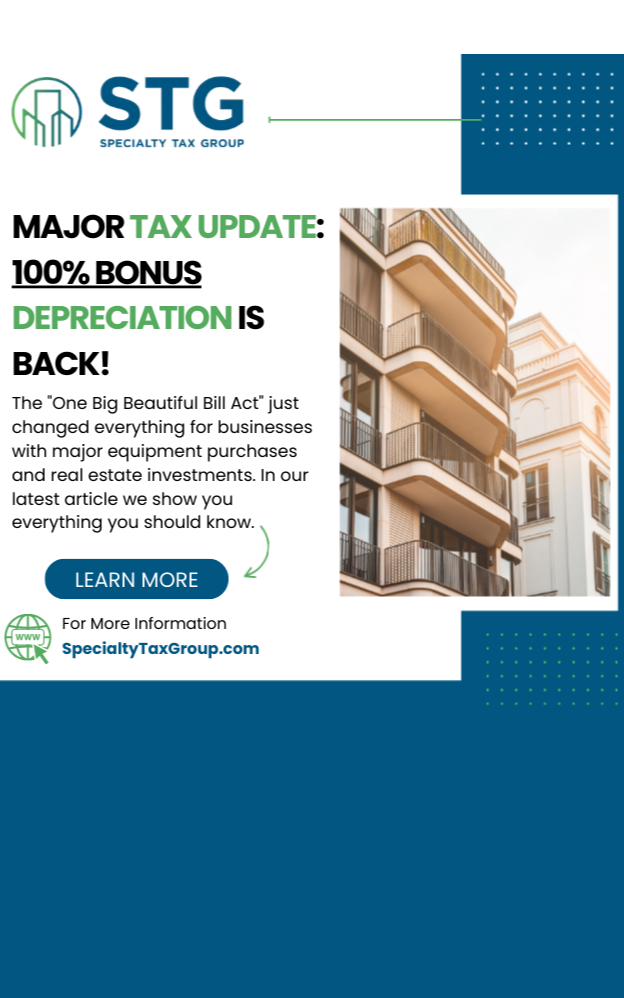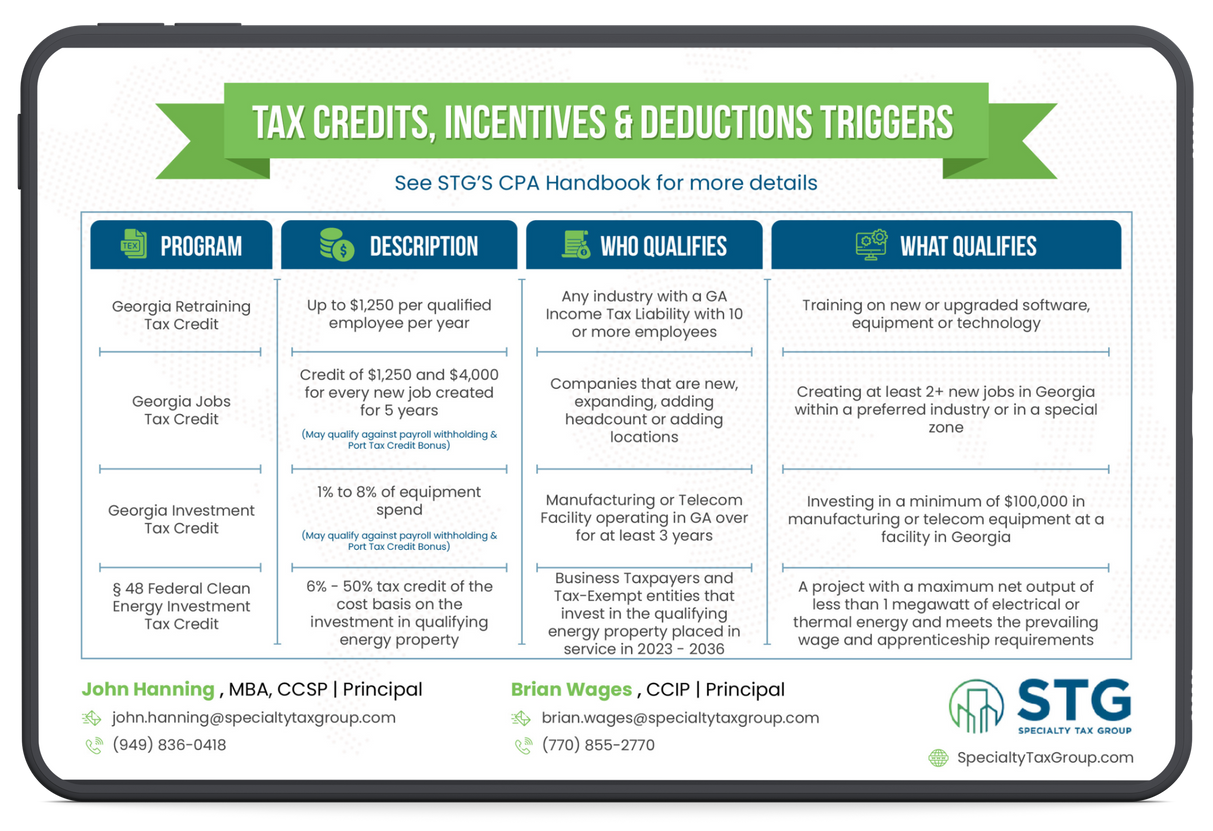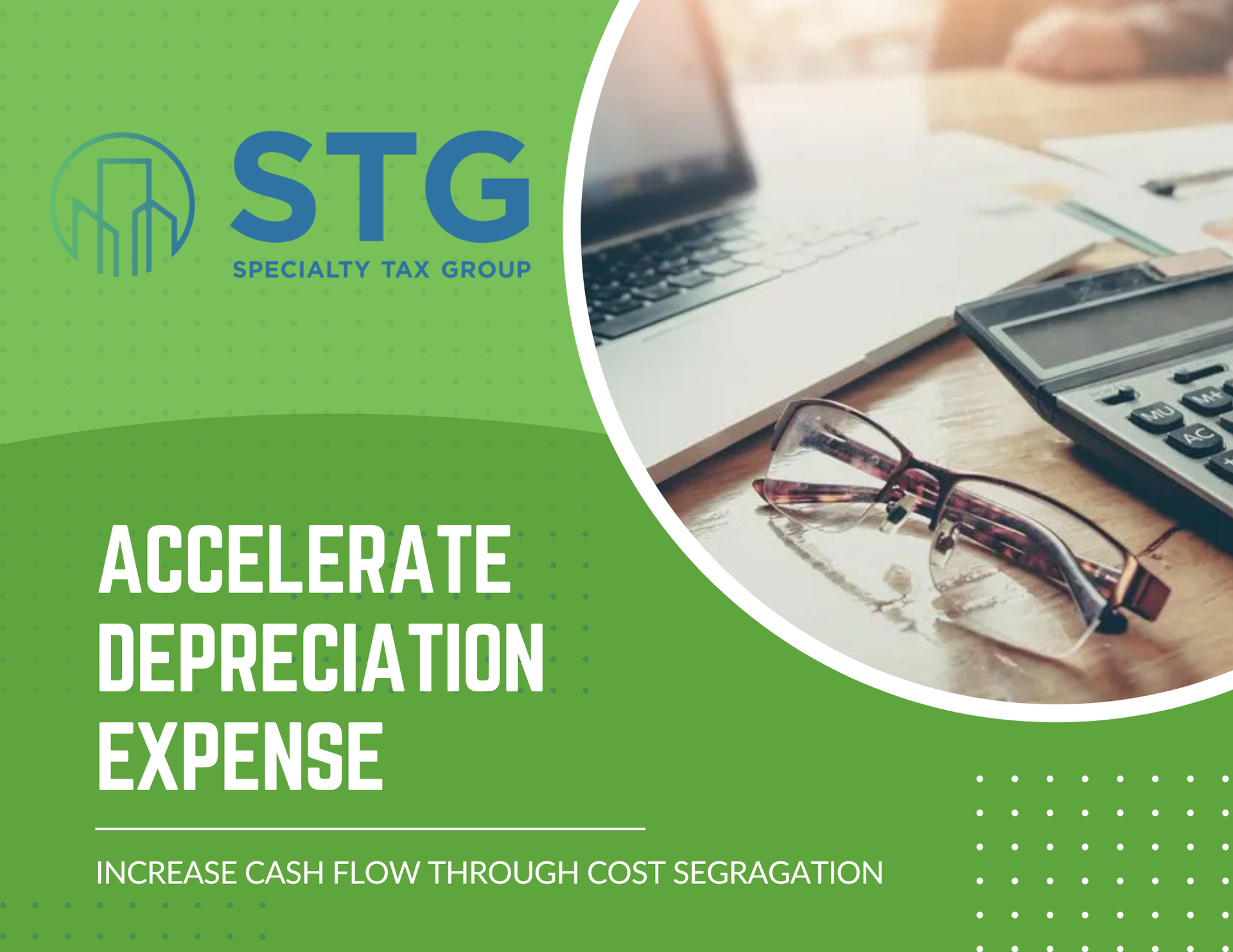This blog post has been researched, edited, and approved by John Hanning and Brian Wages. Join our newsletter below.

What is the Section 45L Tax Credit?
The 45L tax credit lets home builders lower their taxes for each new home built energy-efficiently. The recently-passed Inflation Reduction Act 2022 updated the 45L credit a lot, including two levels of credits based on efficiency. For homes meeting the highest standards, like the Zero Energy Ready Home program, the credit is now up to $5,000. These updates further encourage building efficient homes, helping cut energy use and environmental impact. The updated credit applies to homes bought starting January 1, 2023 through December 31, 2032.
The 45L credit gives federal tax breaks to promote energy-smart home-building. With global warming a government focus, green housing matters. The new changes provide up to $5,000 per dwelling meeting the top efficiency certifications.
Read on to learn more about how to qualify for the updated 45L tax credit and what it covers.
Who Qualifies for the 45L Tax Credit?
To qualify for the updated 45L tax credit under the Inflation Reduction Act of 2022, builders and developers must meet specific qualifications for homes acquired between January 1, 2023 and December 31, 2032. The tax credit covers single-family, manufactured, and multifamily homes.
The changes in criteria include alignment with the Department of Energy programs for Energy Star or Zero Energy Ready Homes. Below are the updated requirements and benefits for each type of dwelling:
- Single Family – Single Family Homes are eligible for a $5,000 tax credit if they meet the DOE Zero Energy Ready Home requirements.
- Manufactured Homes – Manufactured homes qualify for up to $5,000 in tax credits if they meet the DOE Zero Energy Ready Home requirements.
- Multifamily Homes – Multifamily homes constructed after 2020 can qualify for a $1,000 tax credit under the ENERGY STAR program requirements. When constructed with prevailing wages, the credit increases to $5,000 per unit if they meet the DOE Zero Energy Ready Home requirements.
The Zero Energy Ready Home program has specific requirements related to energy efficiency that builders and developers must meet to qualify for the maximum $5,000 per unit 45L tax credit. Certification demonstrates commitment to sustainability and positions projects to obtain the most substantial tax credit.
You don’t want to miss the opportunity to save significantly for your energy-efficient project. We’re here to help you learn more about the 45L tax credit and to determine if you qualify.
Consult with our team at Specialty Tax Group today to learn more.
2024 Tax Guide





